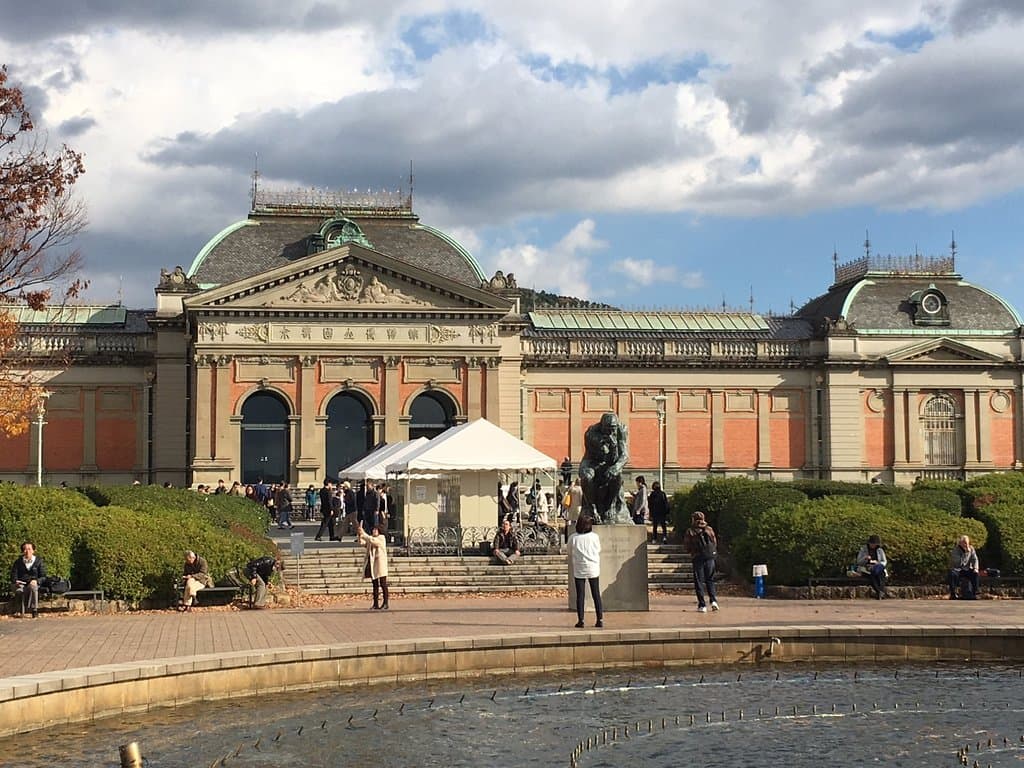
Kyoto National Museum Kyoto
A historic museum showcasing rotating Japanese art, from samurai armor to Buddhist sculptures, within a beautiful Meiji-era building.
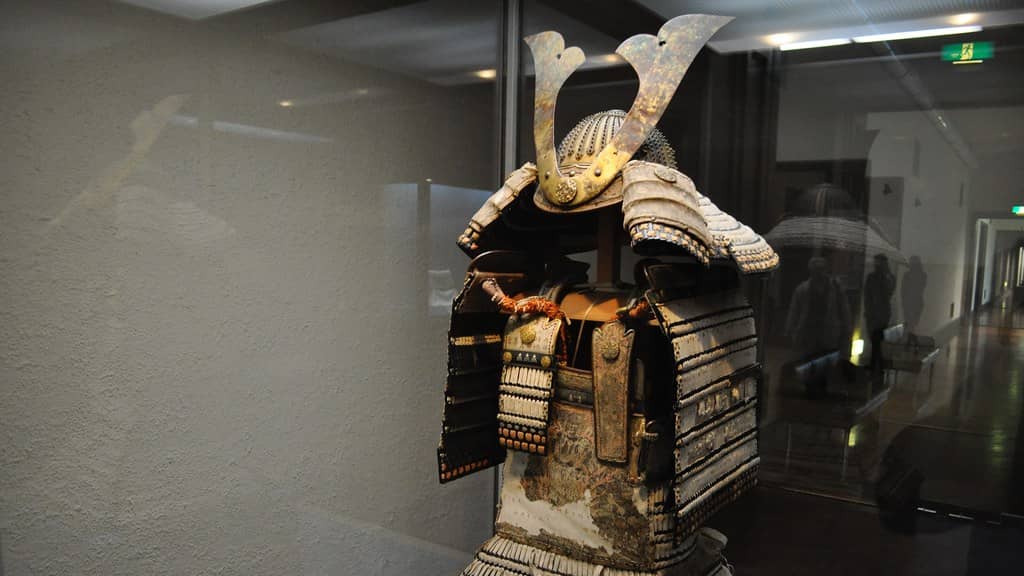
Highlights
Must-see attractions
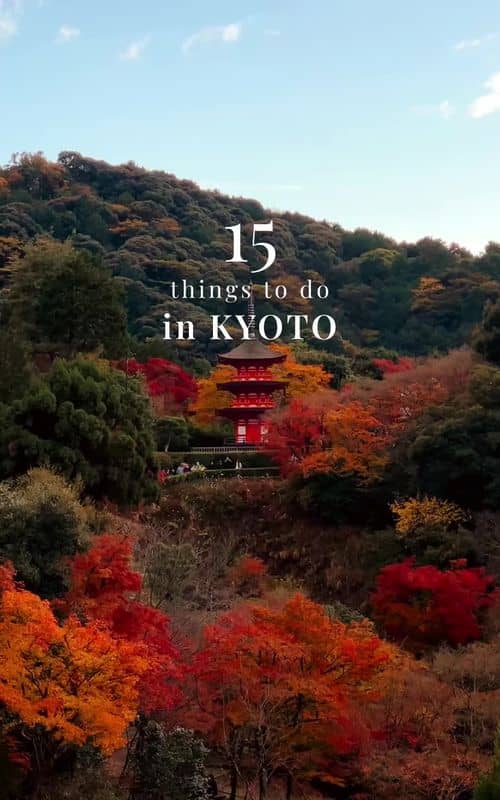
Social
From TikTok & Reddit
Best Time
Extended hours for a unique view

Kyoto National Museum Kyoto
Best Time
Extended hours for a unique view

Highlights
Must-see attractions
A historic museum showcasing rotating Japanese art, from samurai armor to Buddhist sculptures, within a beautiful Meiji-era building.
"A wonderful collection, though the constantly changing schedule means you must check before you visit."
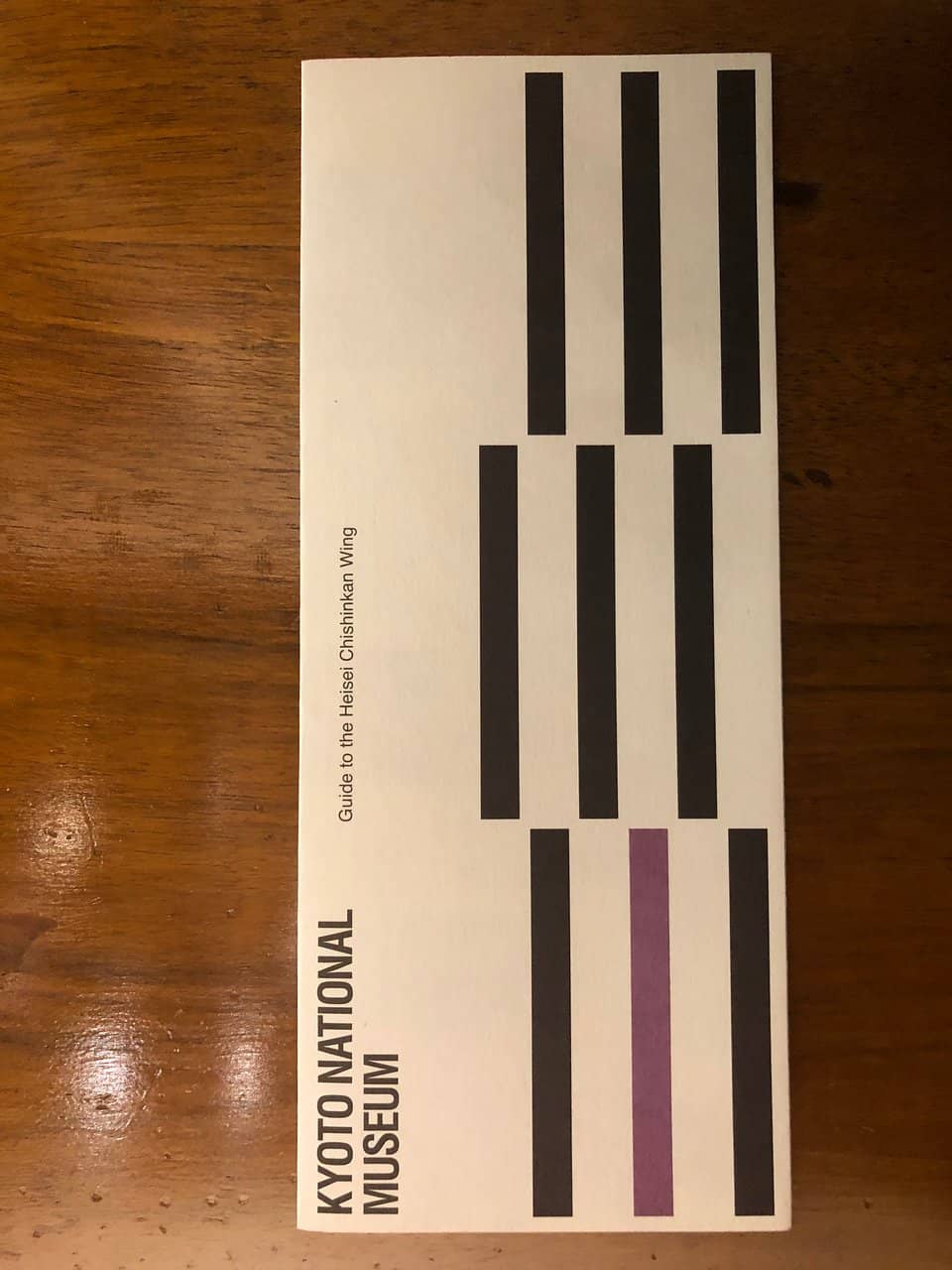
🎯 Always check the website
Exhibitions change frequently; verify dates and times online before visiting.
🚫 No photos allowed
Photography is strictly prohibited for most exhibits. Enjoy the art visually.
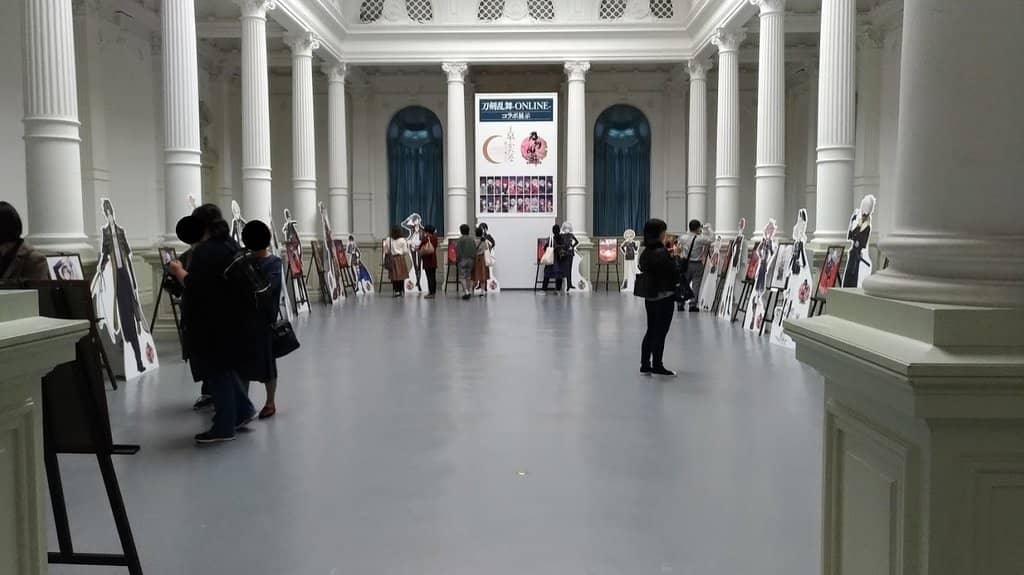
Highlights
Discover the most iconic attractions and experiences

Samurai Armor Exhibition
Explore historical samurai armor and weaponry, offering a fascinating glimpse into Japan's warrior past.

Buddhist Art Collection
Discover a well-organized collection of Buddhist books and statues, showcasing intricate artistry and spiritual significance.
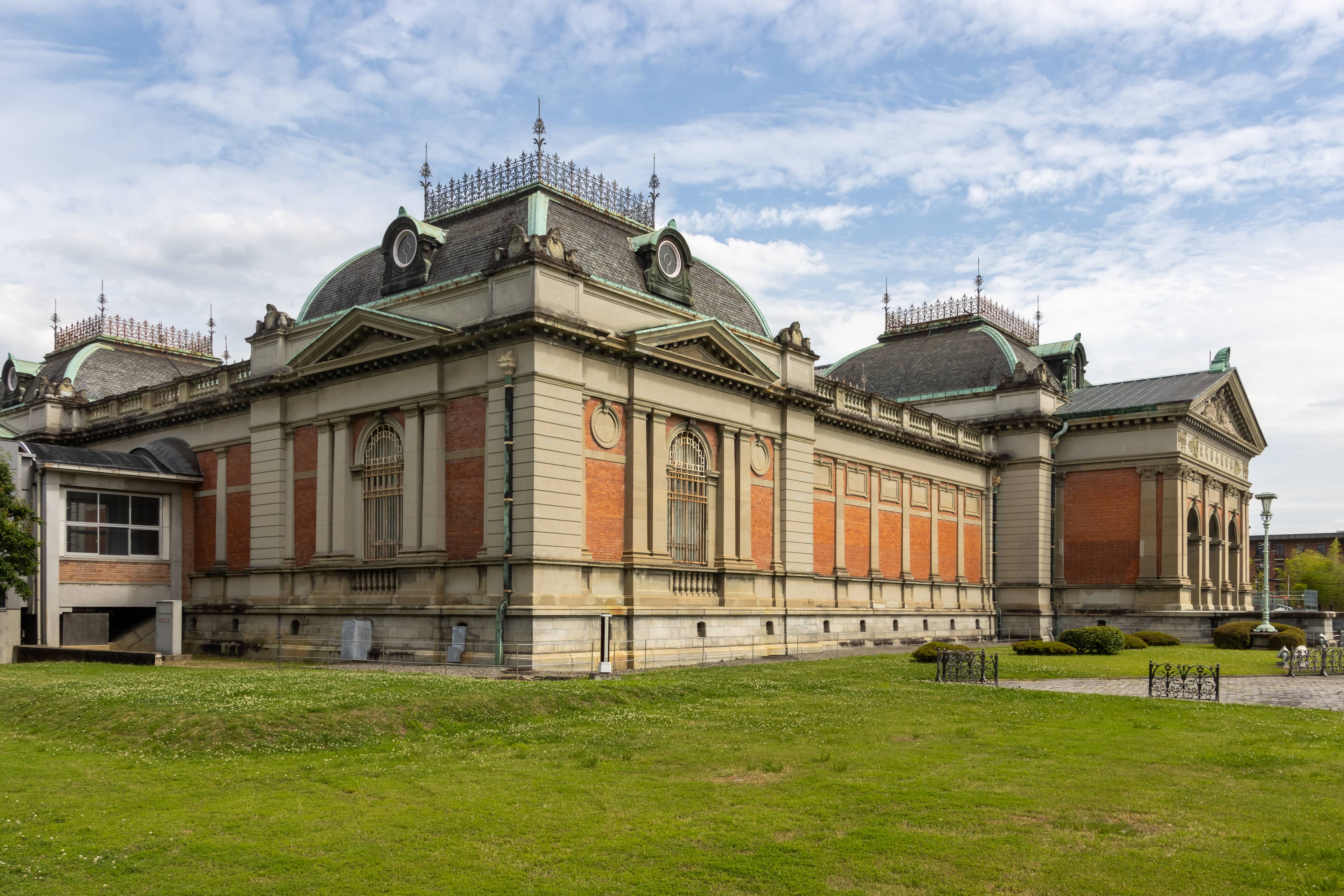
Historic Meiji-era Building
Admire the architecture of the museum's original Meiji-era building, a beautiful piece of history.
Plans like a pro.
Thinks like you
Planning Your Visit
Check Exhibition Schedules
Photography Restrictions
Best Times
Insider Tips
from TikTok, Instagram & Reddit
🎯 Always check the website
Exhibitions change frequently; verify dates and times online before visiting.
🚫 No photos allowed
Photography is strictly prohibited for most exhibits. Enjoy the art visually.
🎟️ Tickets can fluctuate
Admission prices vary by exhibition. Check the website for current pricing.
🚶♂️ Explore the gardens
Even if exhibits are closed, the gardens are often accessible for a fee.
Tips
from all over the internet
🎯 Always check the website
Exhibitions change frequently; verify dates and times online before visiting.
🚫 No photos allowed
Photography is strictly prohibited for most exhibits. Enjoy the art visually.
🎟️ Tickets can fluctuate
Admission prices vary by exhibition. Check the website for current pricing.
🚶♂️ Explore the gardens
Even if exhibits are closed, the gardens are often accessible for a fee.
🏛️ Admire the architecture
The historic Meiji-era building is a sight to behold, even if the interior is closed.
What Travellers Say
Reviews Summary
Visitors find the Kyoto National Museum to have a wonderful collection, particularly its Buddhist art and historical artifacts, housed within a beautiful Meiji-era building. However, the constantly changing and often limited exhibition schedule can be frustrating, with many key treasures rarely on display. The strict no-photography rule and somber atmosphere are also points of contention for some.
"Nice museum, though a kafkaesque exhibition schedule. Don't expect a good overview of Japanese arts nor an encyclopedic museum. If you've already seen the Tokyo National Museum, then this Kyoto branch is skippable.
They have a small permanent exhibition, but everything else changes constantly. Many key treasures are rarely on display. It'll be open for a month, then closed for a month. You MUST check the website before coming. The price also constantly fluctuates. The National Museum Members Pass is sometimes accepted, sometimes not.
If you're there during a period when they're open, they have extended hours on Friday until 8pm, allowing a wonderful view of the campus. Make sure to also see the historic Meiji-era museum building, though the interior is closed to visitors.
The museum has a wonderful collection; it's a shame they keep it mostly locked away from the public. It is a great irony that the enthusiast of pre-edo art must leave Kyoto and visit Tokyo or Nara for a reliable national art museum."
Carlos
"Historical museum with so many amazing art works, well organized show, especially on Buddhism books & statues, Japanese different stage’s cultures etc. unfortunately, only this item No 189 is allowed to take photos, otherwise all banned in the museum."
YANG QIU (TOM Studio)
"Although compact, this museum packs a punch! While I wished for more exhibits, I appreciated the treasures on display. A great starting point for learning, and I hope to see it expand in the future!"
H H
What People Like
What People Dislike
Frequently Asked Questions
🚇 🗺️ Getting There
The Kyoto National Museum is accessible by public transport. You can take a bus to the Hakubutsukan-Sanjusangendo-mae stop or the Kyoto City Bus 206, 208, or 100. It's also a short walk from Shichijo Station on the Keihan Line.
Information on parking availability is limited, and it's generally recommended to use public transportation due to potential congestion in Kyoto.
Yes, taxis are available, but during peak times or in busy areas like Arashiyama, they can be difficult to hail.
While the museum building is modern, specific accessibility details for all areas should be confirmed directly with the museum.
Kyoto's public transport, including buses and trains, is efficient. Consider purchasing a day pass for convenience if you plan to visit multiple sites.
🎫 🎫 Tickets & Entry
For general entry, booking in advance is usually not necessary unless it's a major holiday like Golden Week. However, special exhibitions can be very popular and may require advance booking. It's best to check the museum's website.
Tickets can often be purchased on-site. For popular special exhibitions, consider checking platforms like Klook or the museum's official website for online booking options, especially if you're a foreign visitor.
Entrance fees vary depending on the exhibition. General admission is often inexpensive, but special exhibitions can have higher prices. Always check the website for current pricing.
The National Museum Members Pass is sometimes accepted, but this can vary. It's advisable to inquire directly with the museum about any potential discounts.
Opening hours vary by exhibition and day. The museum often has extended hours on Fridays until 8 PM. Always consult the official website for the most up-to-date information.
🎫 🏛️ Onsite Experience
No, photography is generally banned inside the museum for most exhibits, with very few exceptions.
The museum features a rotating collection of Japanese sculptures, paintings, calligraphy, metalwork, and historical artifacts, with a focus on Buddhist art and samurai history.
While it has a wonderful collection, many key treasures are not always on display. It's best to check the exhibition schedule to see if it aligns with your interests.
The atmosphere can be somber and quiet, with exhibits displayed in dim lighting. It's a place for contemplative viewing.
The museum sometimes hosts special events or exhibitions, like a samurai armor exhibition. Check their website for any upcoming events.
📸 📸 Photography
Unfortunately, photography is not permitted for most exhibits inside the Kyoto National Museum.
While interior photography is restricted, you might be able to take photos of the museum's exterior architecture or the gardens, depending on current regulations.
The ban on photography in Japanese museums is a common practice, often to protect the artifacts from light damage and to maintain a focused viewing experience for visitors.
The historic Meiji-era building is a beautiful subject, and exterior photos are generally allowed.
Occasionally, specific items might be designated for photography, but this is rare. Always look for signage or ask museum staff if unsure.
For Different Travelers
Tailored advice for your travel style
👨👩👧 Families with Kids
However, special exhibitions like samurai armor could be engaging. It's advisable to check the current exhibition schedule to see if it offers anything particularly captivating for kids. Consider it a more contemplative outing rather than a high-energy family activity.
🏛️ Art Enthusiasts
Check the exhibition schedule meticulously before you go. If you're interested in specific periods or themes like Buddhist art or samurai history, you might find the displays very rewarding. However, if you're seeking a comprehensive national art museum experience, you might find Tokyo or Nara offer more consistent collections.
🚶♂️ Day-Trippers
Prioritize checking the exhibition schedule and opening hours online beforehand. If time is limited, focus on a specific exhibition or simply admire the historic building and gardens.
Deep Dives
In-depth insights and expert knowledge
Understanding the Exhibition Schedule
It's crucial to check the official website before planning your visit. Exhibits might be open for a month and then closed for another month for preparation of the next display. This means that what you see today might not be available next week, and vice versa. This 'kafkaesque' schedule, as one reviewer put it, requires diligent planning to ensure you catch the exhibits you're most interested in.
While this can be inconvenient, it also means that each visit can offer a unique experience. If you're a repeat visitor to Kyoto, checking the schedule each time can reveal new and exciting collections.
The Art of Viewing: Photography and Atmosphere
This policy contributes to the museum's distinct atmosphere. Reviews often describe the interior as somber, quiet, and dimly lit, creating a contemplative mood akin to a wake. While some find this conducive to appreciating the art, others feel it's overly restrictive.
Despite the lack of photo opportunities, the museum's collection, particularly its Buddhist art and historical artifacts, is considered worthwhile by many. The emphasis is on experiencing the art directly and absorbing the historical context.
Beyond the Exhibits: Architecture and Gardens
Furthermore, the museum often allows visitors to explore its gardens for a fee. These spaces can provide a tranquil escape and a chance to appreciate Japanese landscape design, especially if you've already visited numerous zen gardens.
This makes the museum a potential stop even for those who might not be deeply invested in the specific art on display, offering a blend of history, architecture, and serene natural beauty.






Social
from TikTok, Instagram & Reddit